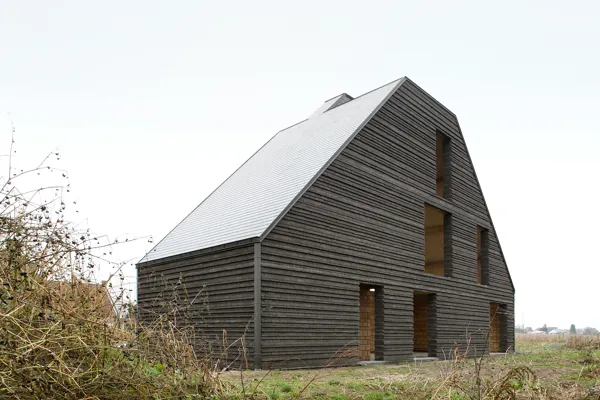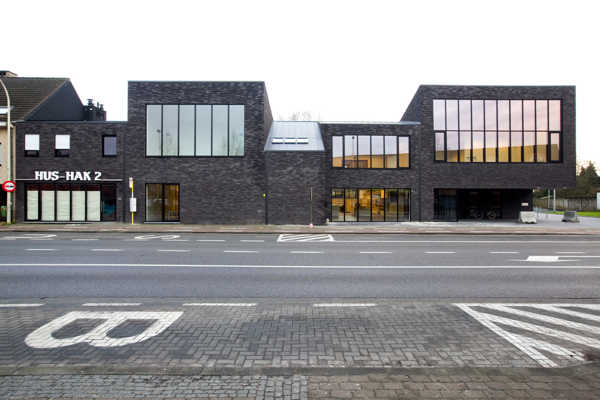Facing brickssEptEm 7021
Technical data sheets
- Color description
- The bricks are through-coloured and the colour is anthracite brown.
- Manufacturing dimensions (L x W x H)
- ca. 220x73x52 mm (LxWxH)
- Quantity / m² with a traditional joint
- 68 (12 mm)
- Number / m² with a thin joint
- 77 (6 mm)
sEptEm 7021
Anthracite ecological moulded brick
This anthracite sEptEm 7021 with subtle shading carries our ECO-7-size label and it is also part of our Kaliber series. Unlike a classic Waal format which is 10 cm deep, this sanded facing brick is 7 cm deep, which means that it leaves more room for insulation or living space.
case studie sEptEm 7021

Budget-friendly housing with a strong element of decorative brickwork
3 formats of brick contribute towards this characteristic, raised façade
For the design of this building, which is situated in a rural area, the architects had to contend with a tight budget. In order to reduce construction costs, they proposed limiting the surface area of the project and also keeping the level of intervention by subcontractors to a minimum.

Powerful appearance thanks to dark facing bricks with contrasting finish
new library to become Zoersel's new village icon
The new library is set to become Zoersel's new village icon. The building is the result of a balancing exercise between designing a building that is tailored to the village on the one hand, and demonstrating its role as a public building on the other hand.
Continue reading
References
How to Install ?
Preparation of the construction site
- Always order the full amount of bricks required for a specific site. In this way, the entire order can be made during one production run.
- Try to have the full order supplied at one time. If this creates several deliveries, always mix a number of packs from the previous delivery with a number of packs from the new delivery. This procedure is especially recommended in case of re-order or for an additional order.
- Take bricks diagonally across the pack.
- Draw and use bricks from at least five different packs.
- For setting out, use bricks from the delivery made to the site in question. Do not exclusively use the theoretical dimensions of the brick, or samples previously supplied, or different production run from that intended for the site.
- As soon as the bricks arrive on site, check delivery tickets and certificates against the specification and order. Also check that there are no visible inconsistencies with the order.
- Do not lay bricks in freezing weather or protect the ‘fresh’ masonry with insulating mats in order to avoid frost damage to the mortar.
- In the case of prolonged dry hot weather, lightly dampen the newly laid brickwork to stop the mortar drying and curing too quickly.
- Do not lay bricks in precipitation in order to prevent mortar from running on the wall.
Avoid Efflorescence
- During and after laying, protect the newly built brickwork for a height of at least 60 cm - but ensure there is airspace between the brick face and the waterproof covering.
- Provisionally install rainwater down pipes to avoid saturation of the newly laid brickwork
- Never lay bricks in driving rain conditions
















